The Channel Catfish is a common species in the taxonomic order Siluriformes. The Siluriformes order contains thousands of species of catfish across the globe. This particular species’ closest relatives include the blue catfish, headwater catfish, and more.
You can find this species throughout vast regions of North America. Read on to learn about the Channel Catfish.
Description of the Channel Catfish
This catfish species has an elongated, slightly flattened body. Like many other catfish species, it has soft skin without scales. Its skin is dark colored with a light abdomen. Most adults measure about 20 in. long and weigh 5 lbs. or so. The largest individuals reach about 40 lbs.
Interesting Facts About the Channel Catfish
This species is the most common catfish in North America. Learn what makes this numerous fish so unique, below.
- Sensitive Barbels – Those long whisker-like barbels on this catfish’s face aren’t just for show. The barbels have thousands of taste buds and sensory pores to help them “taste” the water around them and detect prey.
- Taste Buds Galore – The barbels aren’t the only place this fish has taste buds. While you might think of your tongue when you hear the word taste buds, this fish actually has them across its entire body!
- Not Just for Food – The fish use those taste buds for purposes outside of food. They actually taste each other as well. The catfish release pheromones, or special chemicals, to communicate with one another.
- Pheromone Information – When they detect another’s pheromones, a catfish can tell how old they are, their sex, if they are receptive to breeding, and how high they are in the social hierarchy.
Habitat of the Channel Catfish
Like its cousin the blue catfish, the channel cat occupies a wide range of habitat types. It can survive in freshwater, saltwater, and brackish water. However, they usually prefer freshwater habitats. You can find them in lakes, ponds, streams, creeks, reservoirs, and more. They prefer deeper habitats and water bodies with currents.
Distribution of the Channel Catfish
This fish has an incredibly wide distribution, and they are unbelievably common throughout their range. You can find this fish from the east coast all the way to the Midwest United States and into northeast Mexico. Their range runs from Montana to New Mexico and from Maine to Florida.
Humans have also introduced this species to a few regions outside of its native range. You can find populations in parts of Europe, Indonesia, Malaysia, and more.
Diet of the Channel Catfish
This fish is omnivorous, though most of its diet consists of other animals. They eat a wide range of different foods, and feed on just about anything that is edible.
Some of the different types of plants that they eat include algae, seeds, underwater plants, and more. Additionally, some of the prey that they hunt include sunfish, perch, frogs, snails, insects, and more.
Channel Catfish and Human Interaction
Humans utilize this catfish in vast numbers. People catch this fish both recreationally and commercially. People also raise this fish in fish farms in vast numbers. They reproduce readily and in large numbers, and their populations have sustained themselves despite consistent and heavy use. For this reason, the IUCN lists this species as Least Concern.
Domestication
Humans have not domesticated this fish species in any way.
Does the Channel Catfish Make a Good Pet
No, you wouldn’t want to keep this fish as a pet. They reach quite large sizes, and eat just about anything that is small enough to fit in their mouth.
Channel Catfish Care
In aquariums and fish farms, people keep these fish in large tanks and ponds with plenty of space to grow. They thrive on commercially prepared fish foods, live and previously-frozen fish, and shellfish. In fish farms, people raise them to two years of age before harvesting them as food.
Behavior of the Channel Catfish
These fish live solitary lives outside of the breeding season. They hid in caves, holes, and beneath fallen logs during the day. At night they move actively in search of food, making them nocturnal. Though they rest in holes during the day, they do not keep a territory and often migrate throughout a water system.
Reproduction of the Channel Catfish
Pairs begin forming relationships before the breeding season. They nest in holes or crevices to keep their eggs safe and away from the current. The female lays her eggs and the male fertilizes them. Clutches can contain as many as 50,000 eggs!
Afterwards, the male chases the female away and guards the eggs aggressively from intruders. It takes about a week for the eggs to hatch, after which the male continues to guard them. He also burrows beneath the ground to stir up edible particles of food for the young to eat.

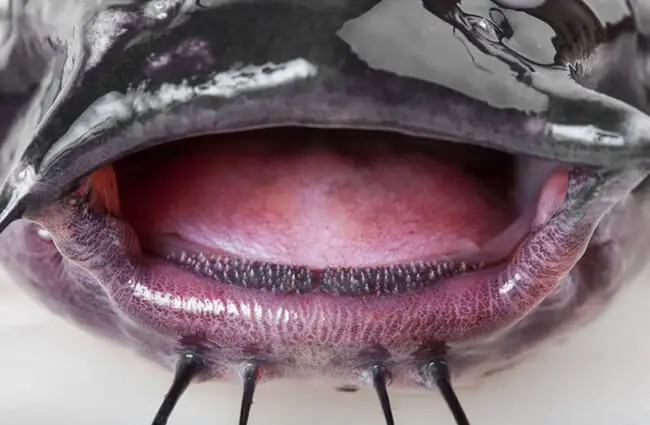
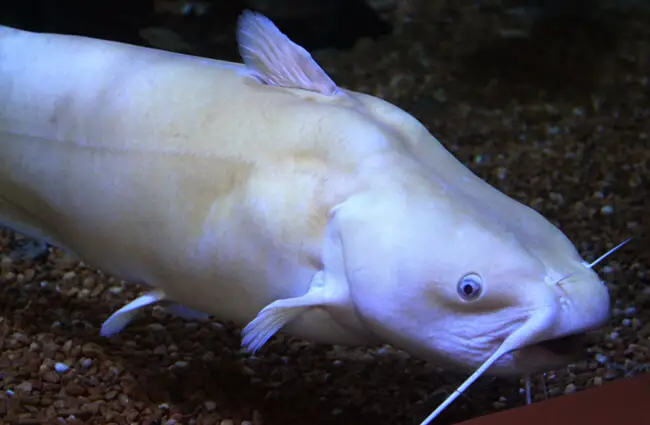
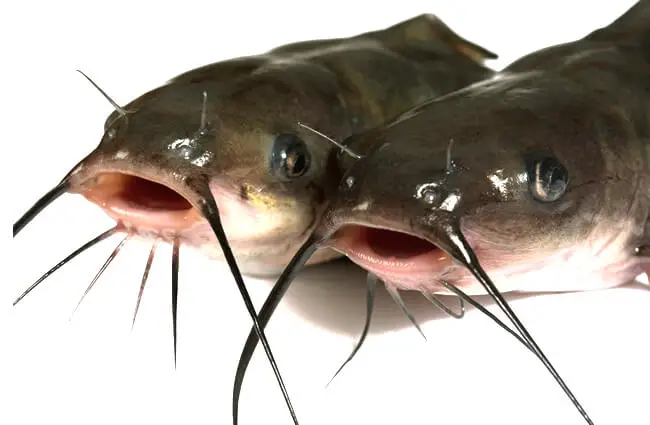

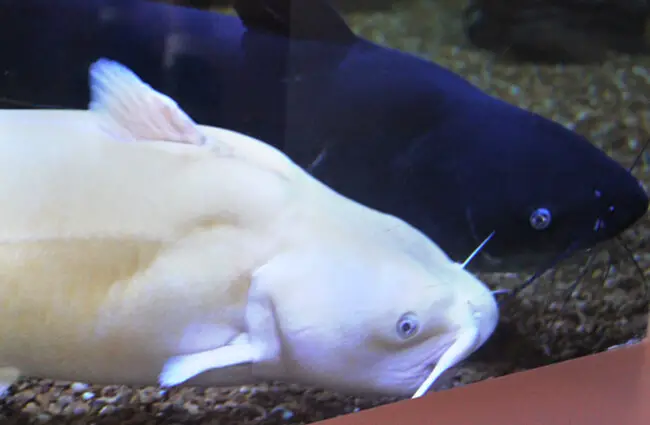



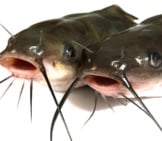

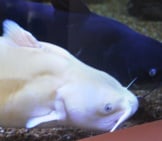
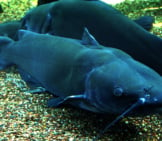
![Red Angus Closeup of a beautiful Red Angus cowPhoto by: U.S. Department of Agriculture [pubic domain]https://creativecommons.org/licenses/by/2.0/](https://animals.net/wp-content/uploads/2020/03/Red-Angus-4-238x178.jpg)












![Red Angus Closeup of a beautiful Red Angus cowPhoto by: U.S. Department of Agriculture [pubic domain]https://creativecommons.org/licenses/by/2.0/](https://animals.net/wp-content/uploads/2020/03/Red-Angus-4-100x75.jpg)

